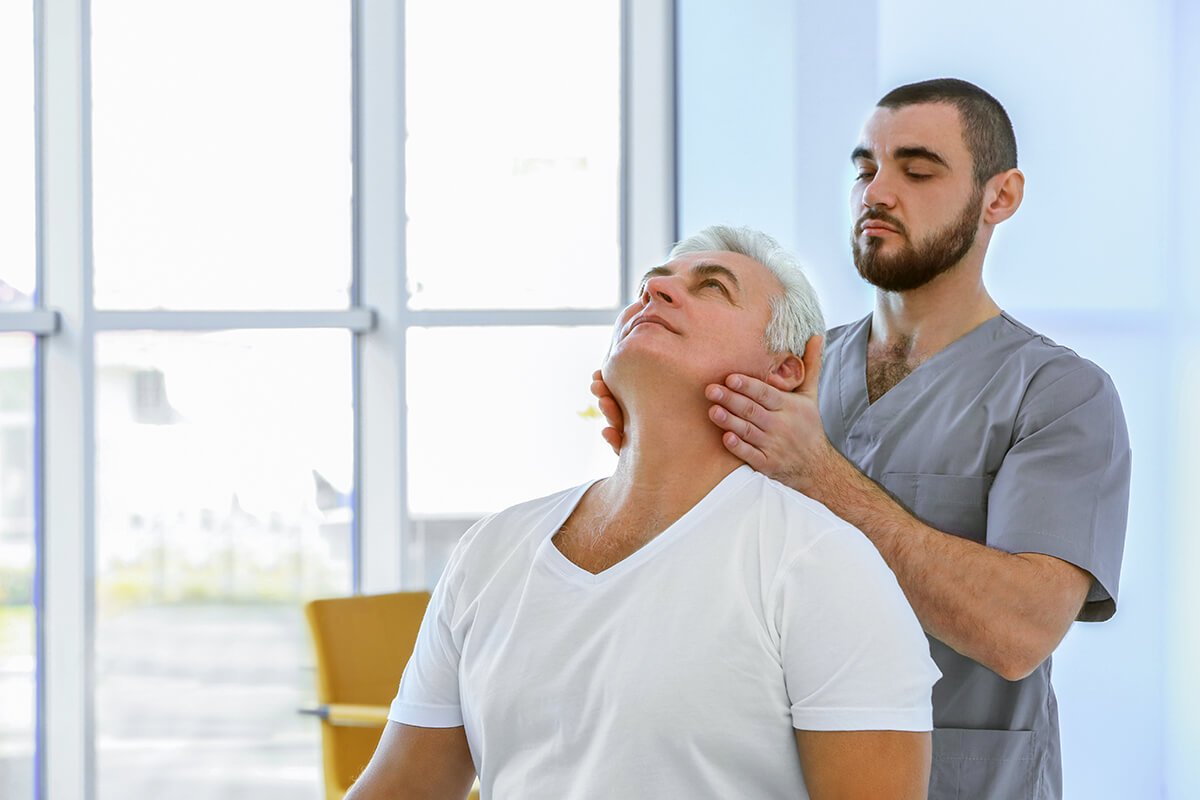Massage can be beneficial for almost anyone at relieving tension and stress. But it can also be used as a regular part of managing illness and chronic conditions, including arthritis.
There’s evidence that regular massages help to alleviate arthritic pain, allowing relaxation and improved sleep.
What is arthritis?
Arthritis is an umbrella term for over 100 medical conditions which impact the musculoskeletal system. Arthritis targets the joints where bones meet, causing pain, inflammation, stiffness, and erosion to bone cartilage. Approximately 3.85 million Australians are impacted by some variation of arthritis. And this is only increasing – it’s expected that by 2050, 7 million Australians will suffer from the condition.
What are the benefits of using massage to help arthritis?
Massages work to counter the stiff and painful experience of living with arthritis. Some of the benefits include:
Improved joint mobility
Massages, specifically Thai and esalen, as well as orthotherapy and heat therapy, have the effects of opening stiff joints and stimulating blood flow, allowing improved joint mobility.
Improved sleep
Arthritis is often associated with a lack of deep sleep. Receiving a regular massage can assist in alleviating pain, which in turn helps to restore sleep.
Reduced anxiety
As well as alleviating pain and improving joint mobility, massages can be used to relax patients to reduce anxiety. Living with arthritis is extremely stressful and frustrating, as daily tasks deemed simple beforehand become painful and difficult.
While massages help to relieve the symptoms, it’s important to note that a massage will not reduce the chronic inflammation or joint damage caused by arthritis. For massages to be effective, it’s important to remind your clients to receive them regularly. A guide to follow is recommending the patient to receive a massage once a week for a few weeks to fully relieve the arthritis tension, then once a month afterwards as maintenance.
Massage techniques to help with arthritis
There are several massage techniques used to benefit arthritis sufferers.
Relaxation or therapeutic massage
Relaxation massages use long strokes, circular movements and kneading to loosen tight muscles and improve circulation. You can apply light or deep pressure, depending on the client’s pain levels and preference.
Therapeutic massages also help to circulate the blood through the muscles. This releases tension and stress, encouraging relaxation.
Discover Massage’s Whole Body Massage Courseis a great way to learn about massage techniques used to relax, rejuvenate and refresh clients.
Using remedial or deep tissue massage for arthritis
Remedial massages target problem areas, aiming to directly address the chronic pain. This treatment technique is best received regularly to temporarily relieve the symptoms of arthritis.
Deep tissue massages focus on the deeper layers of muscle and muscle tissue. The massage is designed to address any severe pain experienced by arthritis sufferers. However, it’s important to be very careful with this type of massage as it can cause lingering soreness, which isn’t ideal for arthritis patients.
Using lymphatic massage for arthritis
Also known as a detox massage, a lymphatic massage uses light, patterned strokes to help drain fluid into the bloodstream. This works especially well with arthritis patients, as it drains the excess fluid from the inflammatory points.
Using Shiatsu massage for arthritis
A Shiatsu massage uses a ‘finger pressure’ technique, applied to pressure points of the body such as the elbows or knees, with the goal of stretching and rotating the joints. Generally, a client will go through the areas where they are experiencing the most pain, and the practitioner will adapt the technique to accommodate.
Using reflexology massage for arthritis
Similar to Shiatsu, reflexology is an Asian practice based on the belief that placing pressure on areas of the body will help healing in other parts. For example, pressure on the big toe with help heal a pain felt on the head. While assisting with pain relief, reflexology is designed to alleviate stress and anxiety.
What to do following the massage
Discuss with your client what they should and shouldn’t do following a massage. While regular maintenance is necessary, there are things people can do between appointments to help with arthritis pain, including self-massage, where clients massage their own joints at home every day to boost circulation, blood flow and mobility in the muscles and joints.
Discuss the options with your client
When your client experiences arthritis, it’s imperative to ask about the severity and whereabouts of the pain. This will help you gain an understanding of how soft or hard you may apply pressure. It’s best to continually discuss how the patient is feeling throughout the appointment, to ensure the client isn’t feeling any discomfort. It’s also worth trying to gauge whether the pressure is too much by judging the person’s body language and movements. It’s also recommended that you confirm with the client whether they have received approval from their medical professional before they receive a massage.
Looking to upskill so you can better help your clients who suffer from arthritis? Consider enrolling in a Discover Massage Australia course today.

